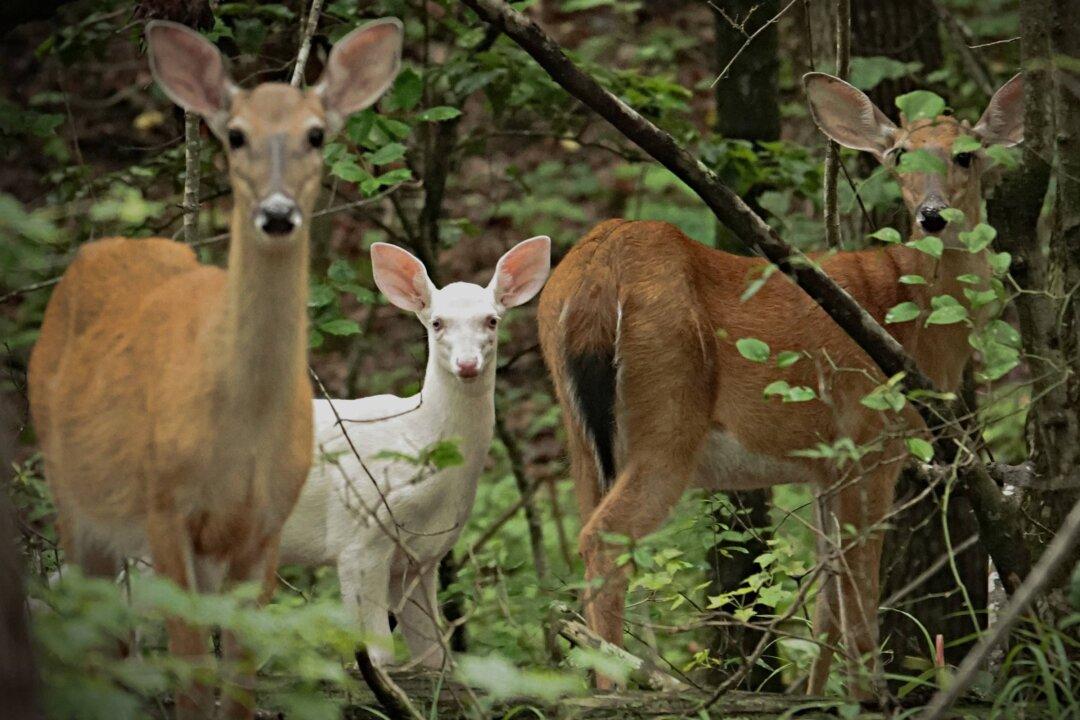Succulent plants can easily enhance the beauty of any place, be it a kitchen table, a window sill, or some forsaken corner of a room. But there is one “pearl-like” succulent that makes it the perfect add-on to your interior and exterior decor planning.

With its almost see-through leave rosettes resembling tiny opals, this particular variety of Haworthia—a genus with over 150 species—definitely knows how to enchant plant growers.

The leaves are usually round-tipped and slightly spherical with translucent patterns in mostly bluish or greenish color. However, the leaves take over a reddish shade if exposed to too much sun or if not watered enough.
Most of these unusual-looking succulents are native to Eastern Cape Province in South Africa, but its eye-catching presence has made it one of the gardeners’ favorites.

Growing any succulents can be fun and tricky at the same time, and it is the same for these opal-resembling Haworthia.
The most important thing to take care of while growing Haworthia is watering the plants. Keep an eye on the topsoil of the pot; if it appears dry, it means it is time to water them. In the summertime, Haworthia mostly needs to be watered once a week, and in the winters, roughly once a month.
However, never allow the plant to sit in water, warns World of Succulent, a website dedicated to succulent lovers.

Haworthia doesn’t ask for much space in your backyard garden or in your room as some other indoor plants, but it does prefer a partially shaded spot.

Repotting Haworthia that has outgrown its dish is not hard, but spring or early summertime is preferred for such activity. You can re-pot the entire plant to a bigger pot. Propagating Haworthia by offsets or leaves or seeds is also a common method.






